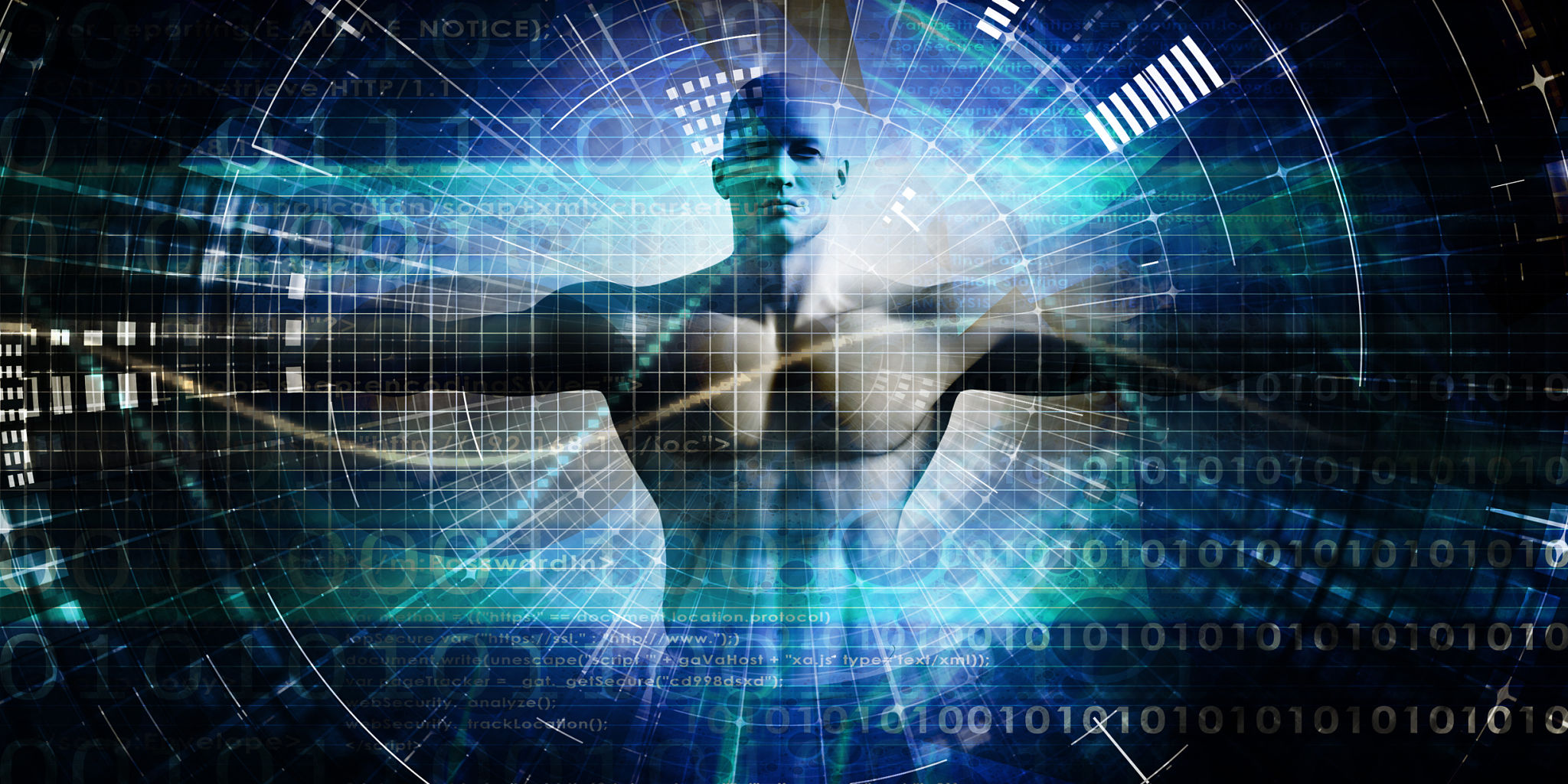How Cellstream Stimulators Revolutionize Muscle Organoid Research
Understanding Muscle Organoids
Muscle organoids are miniature, simplified versions of muscle tissue that are derived from stem cells. They offer a unique opportunity to study muscle development, disease, and potential treatments in a controlled environment. These organoids mimic the structure and function of real muscles, making them invaluable for researchers seeking to understand complex muscle-related conditions.
Traditionally, studying muscle tissues has been challenging due to the limitations of 2D cell cultures and animal models. However, muscle organoids provide a more accurate representation of human muscle physiology. This advancement represents a significant leap forward in biomedical research, offering insights that were previously unattainable.

The Role of Cellstream Stimulators
Cellstream stimulators are cutting-edge devices designed to enhance the development and functionality of muscle organoids. By applying precise electrical or mechanical stimuli, these stimulators mimic the natural conditions that muscles experience in the body. This stimulation is crucial for the maturation of organoids, helping them to develop more realistic muscle properties.
The application of cellstream stimulators has revolutionized the way researchers approach muscle organoid studies. By providing controlled and repeatable conditions, these devices enable scientists to refine their experiments and achieve more consistent results. The stimulators' ability to simulate real-life muscle activity is a game-changer for developing effective therapeutic interventions.
Benefits of Using Cellstream Stimulators
There are several key advantages to integrating cellstream stimulators into muscle organoid research:
- Enhanced Maturation: Stimulators promote the maturation of organoids, resulting in more accurate models of human muscle tissue.
- Improved Functionality: Organoids exhibit enhanced contractile function, closely resembling that of natural muscle.
- Reproducibility: Consistent stimulation conditions lead to more reliable experimental outcomes.

Innovative Research Applications
The use of cellstream stimulators is opening new avenues for research and innovation. Scientists can now explore a range of applications, including:
- Disease Modeling: Studying muscle-related diseases such as muscular dystrophy and amyotrophic lateral sclerosis (ALS) in a controlled setting.
- Drug Testing: Evaluating the efficacy and safety of new drugs on muscle tissue without the ethical concerns associated with animal testing.
- Tissue Engineering: Advancing regenerative medicine by developing functional muscle tissues for transplantation.
Challenges and Future Directions
Despite the promising potential of cellstream stimulators, there are still challenges to overcome. Researchers must continue to refine these devices to ensure they accurately replicate the complex mechanical environment of human muscles. Additionally, integrating other types of cells into muscle organoids could further enhance their physiological relevance.

The future of muscle organoid research looks promising as technology continues to advance. Ongoing collaboration between biologists, engineers, and medical professionals will be essential in pushing the boundaries of what is possible with cellstream stimulators. As these devices become more sophisticated, they will undoubtedly play a crucial role in transforming our understanding of muscle biology and disease treatment.
Conclusion
Cellstream stimulators are at the forefront of innovation in muscle organoid research. By providing an environment that closely mimics natural muscle activity, these devices are paving the way for breakthroughs in understanding and treating muscle-related diseases. As researchers continue to harness the power of this technology, we can expect significant advancements in medical science and a brighter future for those affected by muscular disorders.